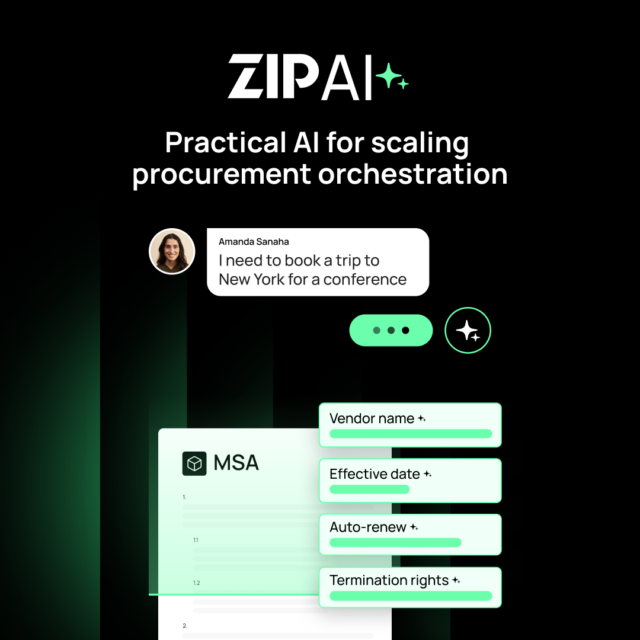Procuring the right technology that works for everyone and drives value can be challenging. Here are eight steps to consider.
Introducing accessible and inclusive technology can deliver huge benefits for your organisation and for your disabled staff and customers. These include improved employee and customer retention, greater productivity and innovation, a positive brand reputation and improved compliance.
Yet, with so many new and emerging technologies on the market, how can you be sure that you are procuring tech that meets the needs of everyone?
Making the case for inclusive tech
Developing an inclusive procurement strategy, whether for tech or any other aspect of your organisation always begins at the same point – the need to understand and make the case for inclusion. 1 in 4 people in the UK has a disability, with the majority of disabilities being not immediately visible. This means that many of your customers and employees will no doubt be living with one or more disabilities. Therefore, purchasing tech that improves the experiences of disabled people rather than creating additional barriers is vital.
However, when budgets are stretched and procurement teams are facing competing demands, it is often the cost argument that can be the most persuasive. By law, organisations are legally responsible for ensuring the accessibility of any technology they procure and distribute to their employees and customers. If this has not been considered then an organisation may be discriminating against disabled people without even realising it. An example could be a new website that is incompatible with screen reader technology often used by people who are blind or who have sight loss.
If accessible alternatives were not built in from the outset, then some costly retrofitting may be needed. With the cost of retrofitting estimated to be up to 100 times more than building in accessibility from the beginning, the cost argument is clear. Obviously, fixes and patches will still be needed for technology that you introduced in the past but, whenever possible, it makes more sense to start with technology that is inclusive by design.
Inclusive technology procurement
So, how do you now turn your commitment to inclusive tech procurement into a workable strategy? Here are some steps to consider.
1. Consider signing up to the Accessible Technology Charter
This affirms your organisation’s commitment to accessible technology. Commitment 9 covers procurement and states: “We will require, help and encourage our technology supply partners to develop and deliver accessible products and services. We will formally consider accessibility in all our procurement decisions. We will purchase solutions which are as accessible as possible.”
2. Commit to accessible procurement
Make a formal public commitment to procure accessible technology through an executive declaration. This will help to establish commitment and persuade any reluctant colleagues about the importance of accessible technology in the organisation. It will also give procurement teams the authority to prioritise inclusion in their purchasing decisions.
3. Establish your needs
Establish your needs around assistive technology through consultation with employees and customers. This can involve surveys, focus groups made up of members from your disability network, feedback on the implementation of any workplace adjustments, as well as feedback from training and recruitment processes and user testing.
4. Detailed, specific information for suppliers
Create a detailed specification for suppliers. Be specific with suppliers from the beginning about how the technology needs to work for disabled users. Terms like ‘accessible’ and ‘inclusive’ can mean different things to different people, so define what you mean by detailing what functionality is needed from any tech solution.
5. Ask the right questions.
Business Disability Forum has created a basic list of questions to ask suppliers when purchasing technology. As you gain greater levels of understanding as to the needs of your organisation and its disabled users, you can expand on these questions, tailoring them to suit your circumstances.
6. Partner with the right stakeholders
Involve the right people in the selection process. Get colleagues with knowledge of digital accessibility involved in analysing and awarding bids.
7. Test appropriately
User test for accessibility. Make sure disabled users test any technology throughout the procurement process. Testing with the appropriate users will much more effectively uncover problems or pain pain points than not.
8. Check on performance
Continue to monitor products to make sure they are meeting the accessibility standards agreed with the supplier. If they are not, work with the supplier to help them improve their knowledge and to develop a solution. You may want to put contracts on hold while this happens or even consider terminating a contract if the issue cannot be fixed.











